

|
Malik Supply promotes trainee to bunker trader role
Marcus Møller completes internal training programme. |
|
|
|
||
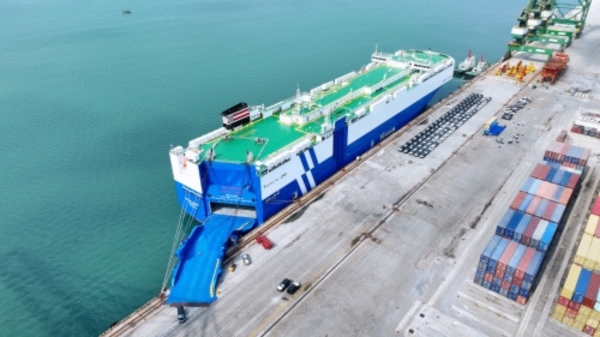
|
Ship deployed for new Middle East route is largest dual-fuel car carrier to berth at Fuzhou
New service cuts logistics time by 50% for Chinese auto exports to Middle East. |
|
|
|
||
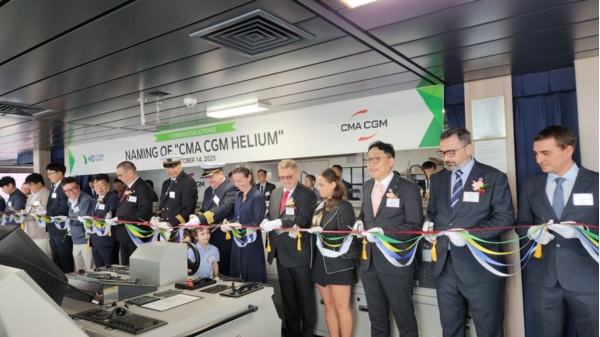
|
CMA CGM names dual-fuel methanol vessel for Asia-Mediterranean service
The CMA CGM Helium has been deployed on the Phoenician Express route connecting multiple regions. |
|
|
|
||
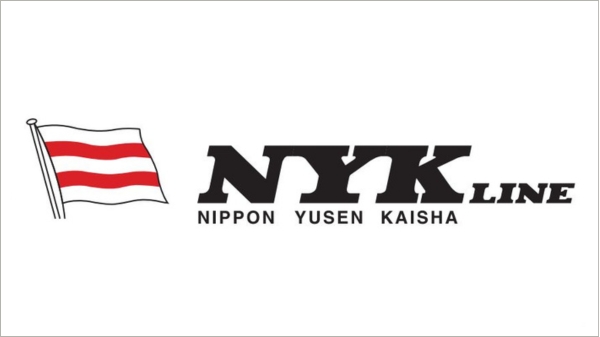
|
Tug becomes world's first ammonia-fuelled vessel to receive environmental credit certification
Third-party validation enables Book & Claim allocation to help reduce customers' Scope 3 emissions. |
|
|
|
||
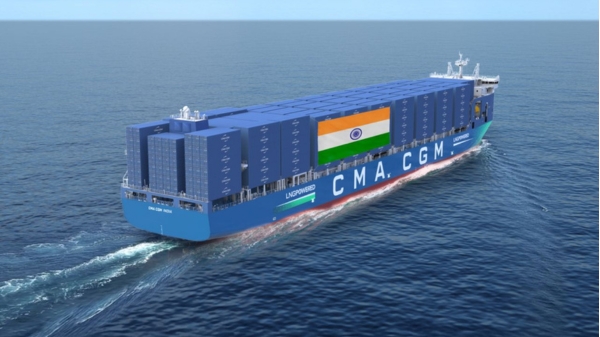
|
CMA CGM signs letter of intent for six LNG-powered containerships from Indian shipyard
French shipping group becomes first international carrier to order LNG vessels from India. |
|
|
|
||
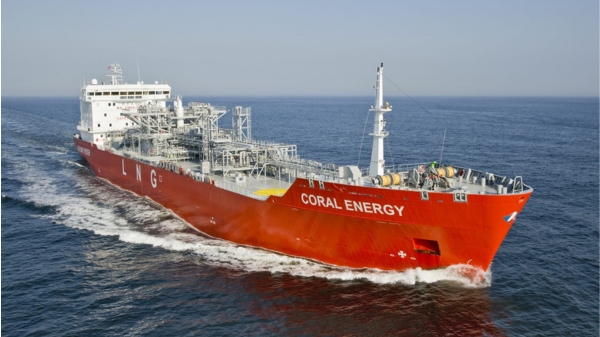
|
Klaipėda LNG terminal completes Baltic's first virtual biomethane liquefaction
Operation involved bio-LNG being loaded onto gas carrier with virtual biomethane liquefaction at terminal. |
|
|
|
||
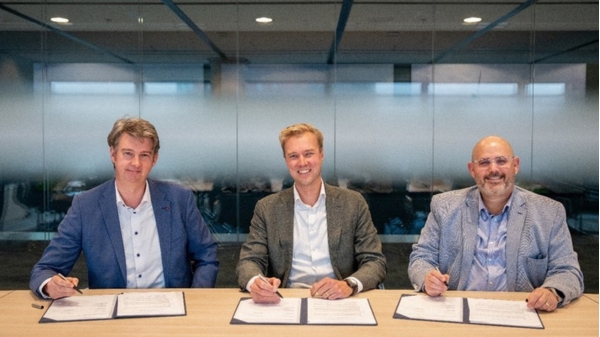
|
OCI Global and Victrol partner to develop ammonia bunkering supply chain in Netherlands and Belgium
Companies sign MoU to create end-to-end clean ammonia fuel infrastructure across Benelux ports. |
|
|
|
||
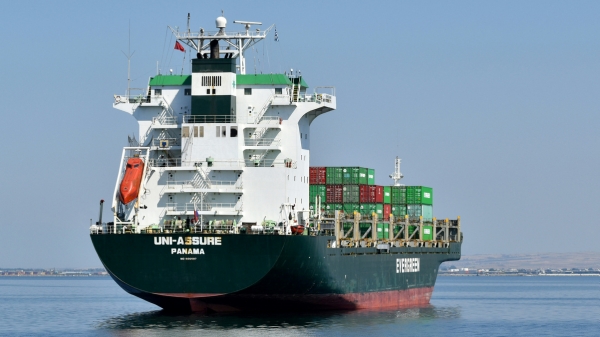
|
Green fuel producers urge IMO to adopt Net-Zero Framework with e-fuel incentives
Twenty companies call for policy certainty ahead of extraordinary IMO session this week. |
|
|
|
||

|
Swedish funding secured for e-methanol plant pre-engineering
Swedish Energy Agency backs Örnsköldsvik e-fuel facility through green transition programme. |
|
|
|
||
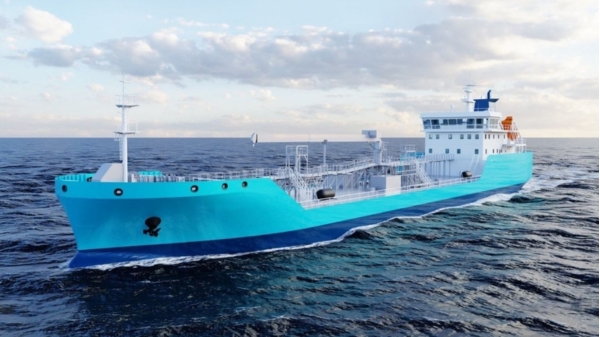
|
Petroineos orders two new bunker vessels for southern France operations
Vessels will handle conventional and low-carbon fuels, including biofuels and e-methanol, from 2028. |
|
|
|
||
| LNG-fuelled OSV in commercial operation for Shell [News & Insights] |
| New ferry to be powered by Wartsila dual-fuel engines [News & Insights] |
| New scrubber financing initiative launched [News & Insights] |
| First order for in-line closed-loop scrubber system [News & Insights] |
| Wartsila and Cryonorm to supply LNG systems to inland waterway market [News & Insights] |